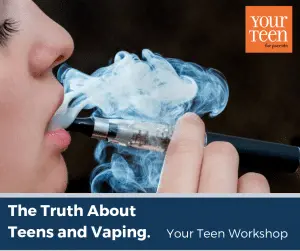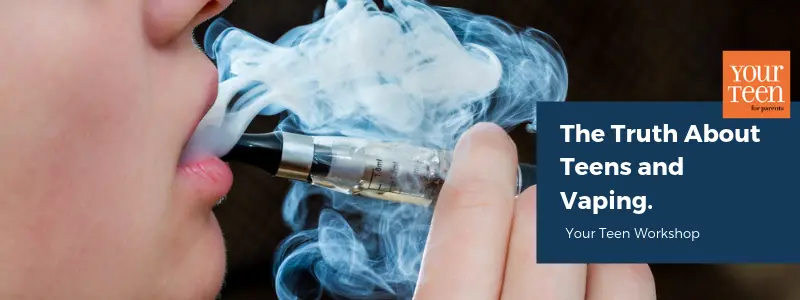Teenagers love technology, but the latest gadget that’s gaining popularity among the eighteen-and-under set is one you should worry about: the electronic cigarette or e-cigarette.
In fact, experts are now waving a red flag about the trend. Earlier this year, the Centers for Disease Control and Prevention (CDC) announced that the use of e-cigarettes by middle and high school students tripled from 2013 to 2014. E-cigarettes have now surpassed every other tobacco product among young adults, including conventional cigarettes.
E-Cigarettes: Does Smoking Vapor Harm You

- E-cigarettes are battery-powered devices that look similar to real cigarettes. Users inhale a vapor (containing nicotine and other additives), then exhale just as if they were smoking a conventional cigarette.
- E-cigarettes don’t contain tobacco. Instead, an internal mechanism heats up liquid nicotine, which turns into the vapor to be inhaled and exhaled. Advertisers offer vapor as a healthier alternative to traditional cigarette smoke—there’s no tar, for example. But experts are skeptical that e-cigarettes have no negative side effects. For starters, nicotine is highly addictive stimulant. And studies have found toxic chemicals and carcinogens in these products.
- Currently, e-cigarettes are unregulated the FDA (though the FDA is working on this). Because of this, users can purchase them without proof of age. Companies have taken advantage of the appeal of vaping to teenagers. They offer e-cigarettes in a multitude of flavors, like bubble gum, cotton candy, and orange cream soda.
So much about e-cigarettes remains unknown. Is vapor smoking bad? We don’t fully understand yet the short and long-term effects. And until then, experts—who worry that e-cigarettes can serve as a gateway to the real thing—recommend parents strongly discourage their teenagers from taking up the electronic habit.
“About 90 percent of all smokers begin smoking as teenagers,” said Tim McAfee, M.D., M.P.H., director of the CDC Office on Smoking and Health. “We must keep our youth from experimenting or using any tobacco product. These dramatic increases suggest that developing strategies to prevent marketing, sales, and use of e-cigarettes among youth is critical.”





